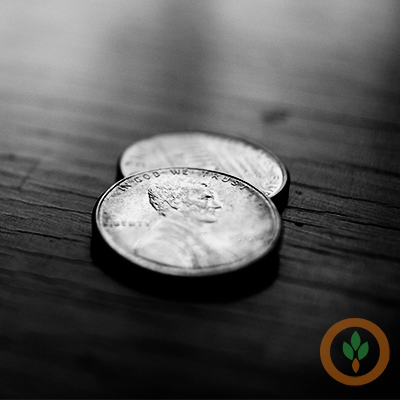Cyndi's Two Cents
Will we learn from COVID 19?

Commentary.
I have heard many people suggest that great lessons will be learned from the COVID 19 pandemic. For many farmers and ranchers, the biggest change in their lives has less to do with physical or social distancing or the disease itself, but with the economic blows that came with it.
We would have to go back to early in the 20th century to find something comparable to what the world is experiencing today. The Spanish Flu pandemic lasted from January 1918 to December of 1920, infecting more than 500 million people which was nearly a third of the world’s population at the time. More than 50 million people died; 675,000 of those deaths were in the United States.
Eva Vesta Covey, a young mother from west central Illinois expecting her second child died after caring for family members who were sick with the flu. She died on her daughter’s first birthday. Her daughter was my mom’s mother.
Walking through the family cemetery on my dad’s side in rural Scott County, Illinois it is sad to see that family members died days apart from one another. Mothers, fathers, their children – all gone within a week.
Although there are great similarities to today’s pandemic and the flu of 1918, there are also great differences. One hundred years ago, most of the people in this country lived on a farm or in a rural community. There was no 24-hour news cycle. There was no electricity or indoor plumbing. There were no antibiotics to treat secondary infections caused by the flu.
Despair is a word I’ve heard used frequently to describe the current environment in many communities. Deemed non-essential, many small, local businesses have been shuttered to prevent people from coming into close contact with one another.
Some dairy farmers are being forced to dump milk because schools, restaurants and other food service outlets are either closed or have much less need for milk than they did 3 weeks ago. It’s difficult to see that happening and hard to explain to the consumer, knowing that shoppers in some areas are limited to purchasing 1 or 2 gallons of milk per family because that supplier cannot keep up with demand.
With only 4 major beef and pork packers in the country, when they have to close down plants due to the pandemic, cattle and hog prices drop and producers are forced to make the tough decision of whether to hang on in hopes for better prices or sell at a loss. The first loss is supposed to be the least loss, right? In recent days, several local auction barns have stopped holding sales altogether.
There are many uncertainties for farmers putting the 2020 crop into the ground.
I’m certain there was more than enough despair to go around during the flu of 1918 pandemic. There were great losses. There was great sadness. But it did end.
Although we don’t know when, we do know that the COVID 19 pandemic will end. When it does end, I hope we have a better appreciation for those local businesses that make it through. I hope we step back and evaluate milk and meat processing in this country and see the need and support more local and regional facilities. I hope we come out healthy. I hope we do what needs to be done so we – or the generations that come after us – are much better prepared to handle an event of this magnitude when it happens again.

Add Comment